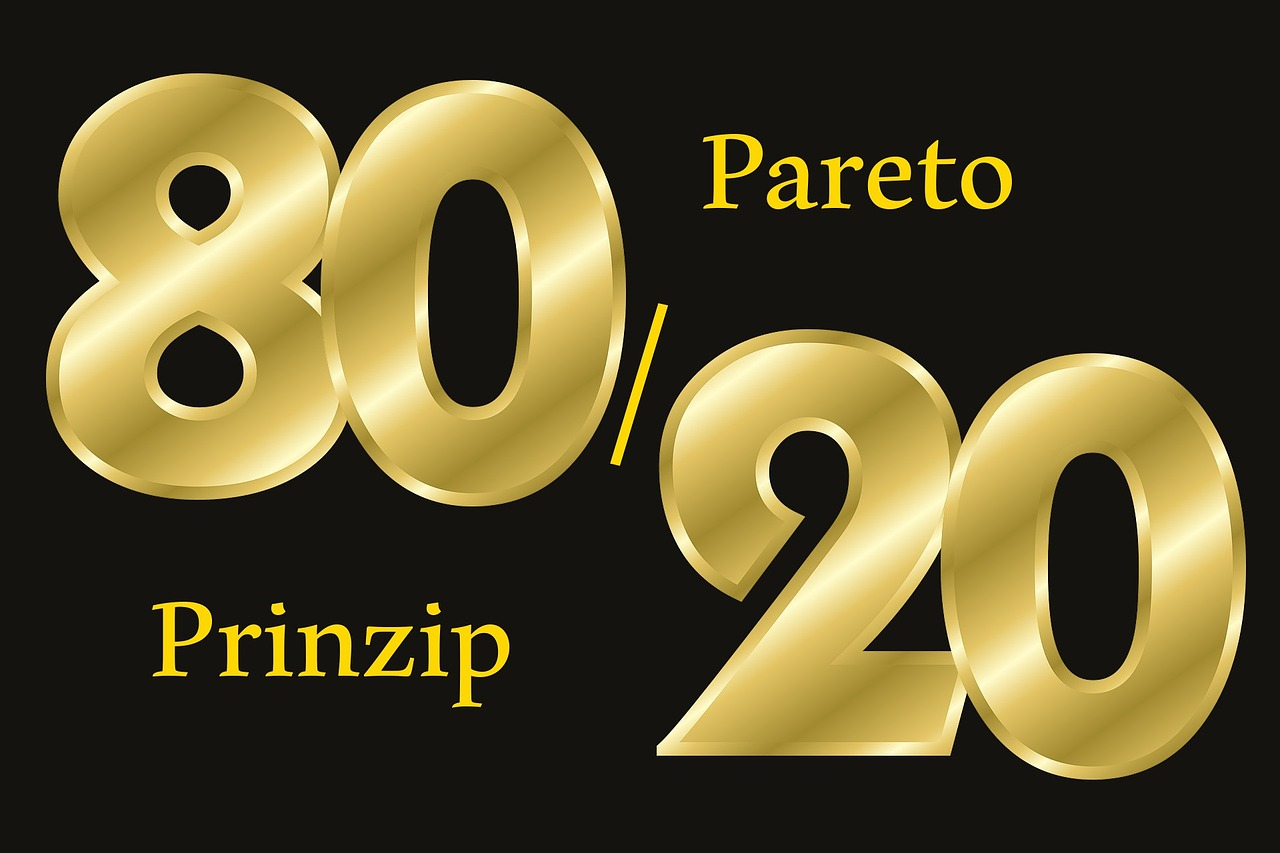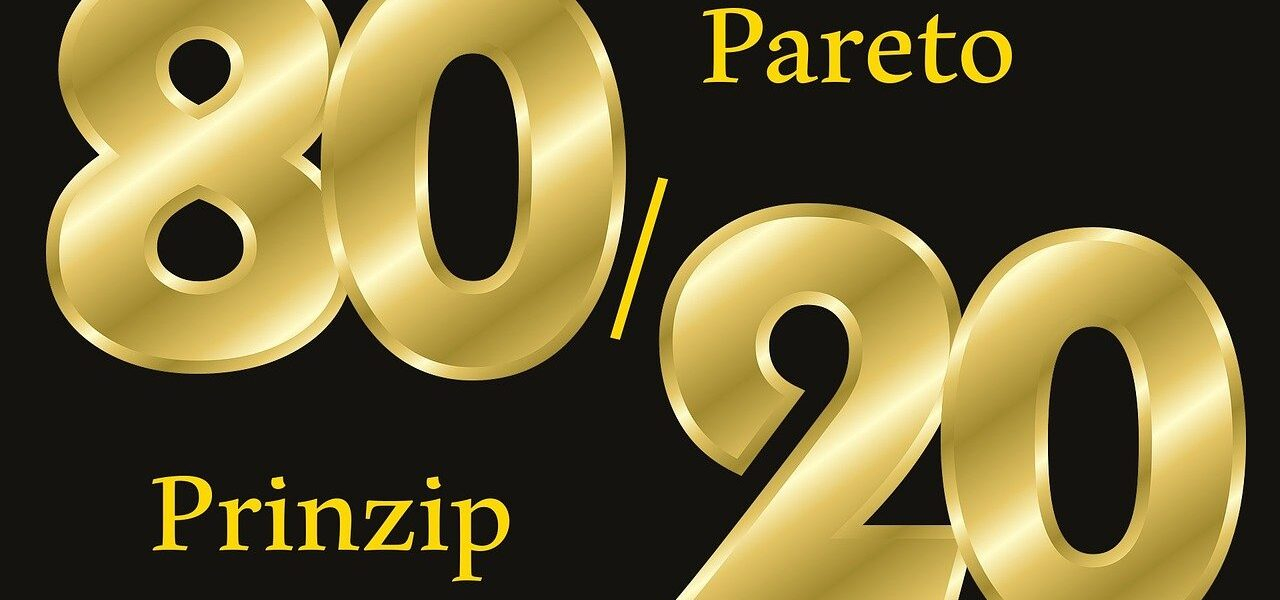Understanding the 80 20 Rule in Weight Loss
You could be curious about the mysteries of rapid weight loss and how to accomplish it within the constrictions of a single week. You might have heard of the 80 20 rule in weight loss, but it might seem vague or confusing. Unraveling its secrets could provide the targeted direction you need to realize your weight loss goals in a short span. Whether you’re trying to squeeze into that stunning dress for a special occasion or just aiming for a healthier lifestyle, this rule will guide you all the way. In “Understanding the 80 20 Rule in Weight Loss”, you will find the answers to your questions and learn exactly how this rule can be your key to quick, effective weight loss.

Understanding the Concept of 80 20 Rule
The 80 20 rule, also known as the Pareto principle, is a concept that has been adapted and applied in diverse areas, including weight loss. The principle simply posits that 80% of the effects or results come from 20% of the causes or inputs. In essence, few things matter most while the rest may not have as much impact.
Origins and development of the 80 20 rule
The 80 20 rule was originally established by Italian economist Vilfredo Pareto in the 19th century. He observed that 80% of the wealth was held by 20% of the people. This principle has since been used across numerous spheres to illustrate the unequal distribution of results. Over time, the rule has been adapted to many different scenarios and fields, including business, science, and health.
General application of the 80 20 principle
The powerful proposition of the 80 20 rule is that it can be universally applied to any area or aspect with measurable data. It has been used to illustrate that 80% of sales come from 20% of clients in business, 80% of pollutants come from 20% of factories in environmental science, even that 80% of health problems generally come from 20% of the causes. In the realm of personal development, it also applies as a beneficial approach to time management and productivity.
The Application of 80 20 Rule in Weight Loss
This principle also finds its place in the realm of diet and exercise. It’s about focusing on the biggest drivers of change and progress.
The 80 20 rule applied to diet
In the context of diet, the 80 20 rule suggests that 80% of your diet should consist of nutritious, healthful foods, while the remaining 20% can be indulgences and treats. It’s an approach that ensures you consume mostly nutrient-dense food, while also having room for occasional indulgences, making it a more realistic and sustainable way to manage your diet.
How the principle relates to exercise
In terms of exercise, it could mean that 80% of your fitness results come from 20% of your physical activities. This helps you to identify and focus on the exercises that give you the most health benefits. It’s not about working out harder, but smarter and more efficiently.
Breaking Down the 80 20 Diet Rule
The 80 20 principle offers a more flexible and practical approach to healthy eating. Let’s break down what the numbers actually mean.
Meaning of 80 percent in the rule
The 80-percent portion of the rule represents the ‘good’ or ‘healthy’ part of your diet. This part should comprise of fruits, vegetables, whole grains, lean proteins, and healthy fats. These foods are high in nutrients and low in calories, making them ideal for maintaining good health, managing weight, and reducing the risk of various health problems.
Meaning of 20 percent in the rule
The remaining 20-percent, on the other hand, is the ‘fun’ part of your diet. This is where you have the liberty to enjoy your favorite indulgences, like a slice of pizza, a piece of chocolate cake, or a glass of wine. The key is moderation and control, ensuring this 20% doesn’t become the larger portion of your diet.
How to Implement the 80 20 Rule for Weight Loss
Embarking on the 80 20 diet isn’t complicated; it only requires conscious decisions and effort on your part.
Strategies for balancing a diet
Divide each day’s meals into 80% healthy and 20% indulgence or spread it over a week. The rule doesn’t mean you should have unhealthy foods every day; you can choose to have a cheat day in a week where you relax your dietary restrictions.
Importance of portion control
The 20% indulgence is not a free ticket to overeat, but rather a controlled quantity to prevent feelings of deprivation. Be aware of portion sizes, especially for calorie-dense foods.
Incorporating exercise routines
While diet plays a significant role, combining it with regular exercise leads to a more balanced approach. Identify workouts that yield the most benefit and incorporate them in your routine regularly.
Examples of the 80 20 Rule Diet Plan
How does the 80 20 diet look practically?
Healthy foods that make up 80 percent
The majority of your meals should abound with vegetables, lean proteins like chicken and turkey, fish, whole grains, healthy fats (avocados, olive oil, nuts), and fruits.
Indulgent foods that make up 20 percent
Your favorite chocolate bar, ice cream, fast food, pastries, or even alcoholic beverages fall under the 20% category. The key is not to indulge frequently or excessively.
Benefits of the 80 20 Weight Loss Plan
This way of eating has its benefits beyond just weight loss.
Physical health benefits
Feeding your body primarily with nutrient-dense foods can lower the risk of chronic diseases and improve overall health.
Mental health benefits
This balanced approach can reduce the food guilt often associated with dieting and promote a healthier relationship with food.
Sustainability of the 80 20 diet
The built-in room for indulgence makes the 80 20 diet easy to stick to in the long run as opposed to foster diet fatigue.
Potential Challenges with the 80 20 Rule for Weight Loss
Like any diet, the 80 20 rule isn’t without its challenges.
Understanding portion sizes
The major challenge is portion control. It’s essential to understand what constitutes a serving size, especially for the 20% indulgence.
Managing cravings responsibly
Another potential hurdle is managing cravings. Just because you’re allowed indulgences doesn’t mean you should give in to every craving.
Maintaining consistency
Keeping consistent with the rule is another challenge. Mixing up your meals and exercising regularly can help maintain interest and consistency.
Tips for Ensuring Success with 80 20 Rule
Here are some tips to help you be successful with the 80 20 rule.
Tracking food and exercise
Keeping a food and exercise diary can give you insight into your eating habits and help you see where adjustments are necessary.
Incorporating variety in an 80 20 diet
Introduce variety in both your 80% and 20% foods, which can prevent boredom and make the diet more enjoyable.
Being mindful and conscious while eating
Mindful eating is crucial. Learn to eat when hungry, not out of boredom or due to cravings. Enjoy every bite of your indulgence without guilt.
Common Mistakes When Following the 80 20 Rule
No diet is foolproof, and here are some common pitfalls with the 80 20 rule.
Misunderstanding the 80 20 principle
The biggest mistake is misunderstanding the concept. The 20% isn’t an excuse for overeating calories-dense foods.
Not planning meals properly
Fail to plan, and you plan to fail. Without a well-structured meal plan, it’s easy to slip and eat unhealthy foods more than you should.
Expecting overnight results
Like any sustainable diet plan, results take time. Be patient, stay consistent, and you’ll slowly but surely see the changes you desire.
80 20 Rule vs Other Weight Loss Diets
There are many weight loss diet approaches, and each has its pros and cons. Let’s compare the 80 20 rule with some of these.
Comparison with traditional diets
Traditional diets can be more stringent, leaving little or no room for indulgence. This often leads to a restrictive mindset, diet-fatigue, and rebound overeating. In contrast, the 80 20 rule provides built-in flexibility.
Comparison with restrictive diets
The 80 20 rule, unlike other diets like keto or paleo, does not label any food as ‘off-limits’. It fosters a healthier relationship with food, making it more sustainable.
Why choose 80 20 over other diets
The 80 20 rule combines balance, flexibility, and moderation, which makes it not just a diet, but an approach towards a healthy and sustainable lifestyle.

